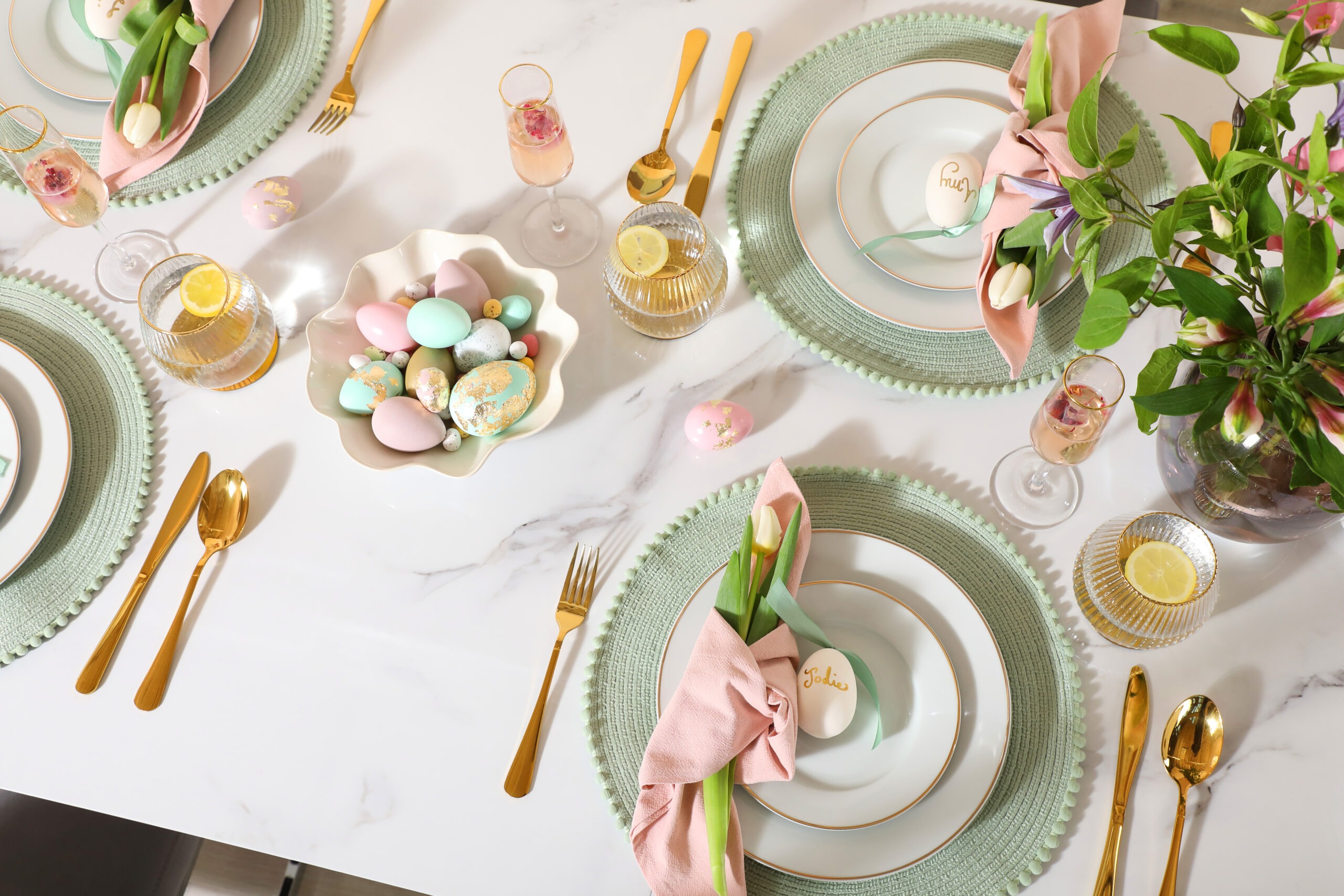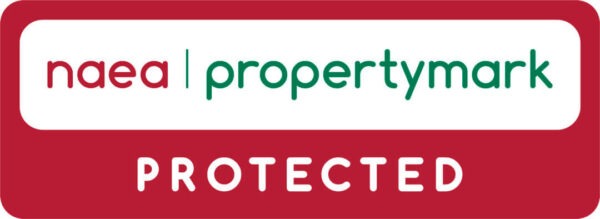Easter tablescaping..
It’s nearly the time when we can indulge in chocolate chicks, bunnies and all things cute and spring-like – Easter! Tablescaping has been a trend for some years now, with entire Instagram feeds dedicated to the art. Serch #tablescape or #eastertablescape and prepare to be wowed. These are of course professional tablescapers (who knew?!) and all-out for the likes, but Insta is all about inspiration, so have a look and then do it your own way,
What is tablescaping?
Tablescaping is the art of decorating your dining table to elevate the dining experience for your guest, who will enter the dining space in gasp in delight and awe at the elegance laid before them. Hopefully. In short, it sets the scene and sets the mood.
When tablescaping first became a thing, it was very much all-out luxury and elegance, with coordinating cloth, table runner, napkins, crockery, glasses and table centre decor. Thankfully for those of us with a more limited budget, it’s moved on to a much more relaxed, self-expression approach. It’s lost its fuss, but not its joy.
Easter tablescaping
Easter is one of the biggest annual occasions when we gather the wider family and sit down to eat together. Just as at Christmas, each family has their own traditions, so whether you’re planning an egg hunt followed by afternoon tea, or the full roast lamb with all the trimmings, setting a very Eater-y table can only add to the joy of the occasion.
Easter is, of course, all about the arrival of spring. The entire festival has its roots in paganism, and specifically the goddess Oestre, the Anglo-Saxon goddess of the dawn, spring and rebirth, and was celebrated at spring equinox. The Christian movement, very good at harnessing existing traditions and making them their own, took the pagan spring festival and linked it to the crucifixion of Christ, and his rising from the dead on Easter Sunday. This is why Easter is the only moveable feast in the Christian calendar – it takes place on the first Sunday after the first full moon of the spring equinox (the first day of spring, set as March 21 by the Christian calendar)
Many of our Easter traditions, from hot cross buns to the gifting of eggs actually stem from Anglo-Saxon traditions, which is why when your child asks what Easter eggs have to do with Jesus, it can feel a little confusing. Hot cross buns were first made by celebrants of Oestre, who marked the buns with a quadrangle – two lines crossing to make four quarters, which represent the four phases of the moon. Eggs of course are associated with fertility and new life, and were gifted during the spring equinox to wish family and friends a fruitful season. And bunnies? Well, while rabbits are renowned for being pretty fertile creatures, it is actually the hare where the origins of the Easter bunny lie. Oestre’s symbol was a hare, which was then famed for its reproductive powers, and passions – boxing males fighting over the right to procreate. Rabbits weren’t really a big thing in Britain until the Normans brought them over in the 11th century.
How to tablescape your Easter table
There are so many ways to create pretty, fresh Easter table, but here’s a quick guide to get you started on dreaming up your own:
- Spring colours
As Easter is all about spring, it only makes sense to opt for springlike tones and fresh decor. You don’t need to rush out and buy in pastel coloured crockery (though this would be lovely), but choose a colour scheme packed with pastel shades for your table runner TIP: nip to your local DIY store, find a pretty pastel wallpaper and take home a ‘sample’ that is long enough to run the length of your table, and sellotape it to both ends. Buy paper napkins in a mix of pastel shades (you can never have enough serviettes!) and paper confetti to scatter along the table runner, or pluck fresh petals from your garden as a sustainable alternative.
- Spring flowers
Fill small vases (eBay, charity shop, Vinted…) tall glasses or jam jars with spring flowers and arrange them along the length of the table. Tulips, daffodils, hyacinth – all make the perfect floral decor for your Easter table. The more the merrier, here – go for seven or even nine vases, with just a few blooms in each. This way you won’t overwhelm the space, but will have a full run of flowers along the length of your table. If you have ivy growing anywhere in your garden (which we mostly do!) pluck some long strands and wind these through the bottom of the vases, Make sure you give it a good shake before bringing it in the house to remove any minibeast wildlife! If you don’t fancy that, Amazon has many low cost faux flower garland and greenery options!
- Easter egg table decorations
It just has to be eggs, doesn’t it? You have many options here. You can get the kids involved by blowing the insides from fresh small hen’s eggs, then painting them, or dipping them in food colourings. You can hard boil the eggs then dip dye them in pretty pastel colours (then eat them!) Or you can buy a selection of foil wrapped chocolate eggs and scatter them along the table runner, tucking them into the ivy and around the vases. If you opt for chocolate that’s pudding sorted, too!
However you choose to tablescape your Easter table, have fun – and enjoy the applause from your delighted family.
Eddie – Friday 22nd March 2024. (Image used from Kate).



